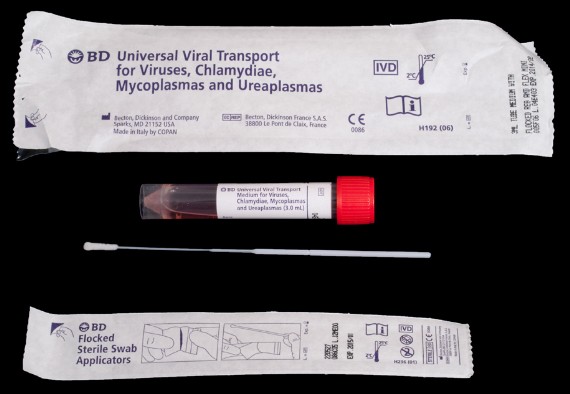

| Result Test ID | Reportable | Result Test Name | Result Type | Type (Alpha or Numeric) | Prompt Test |
| SRCCV | Y | COVID-19 SOURCE | I | A | Y |
| COV19 | Y | COVID-19 PCR | I | A |
| Specimen Requirements |

| Testing |
| Result Interpretation |
| Coding |
| URM Labs Internal |
| Test Build |
| Result Test ID | Reportable | Result Test Name | Result Type | Type (Alpha or Numeric) | Prompt Test |
| SRCCV | Y | COVID-19 SOURCE | I | A | Y |
| COV19 | Y | COVID-19 PCR | I | A |